

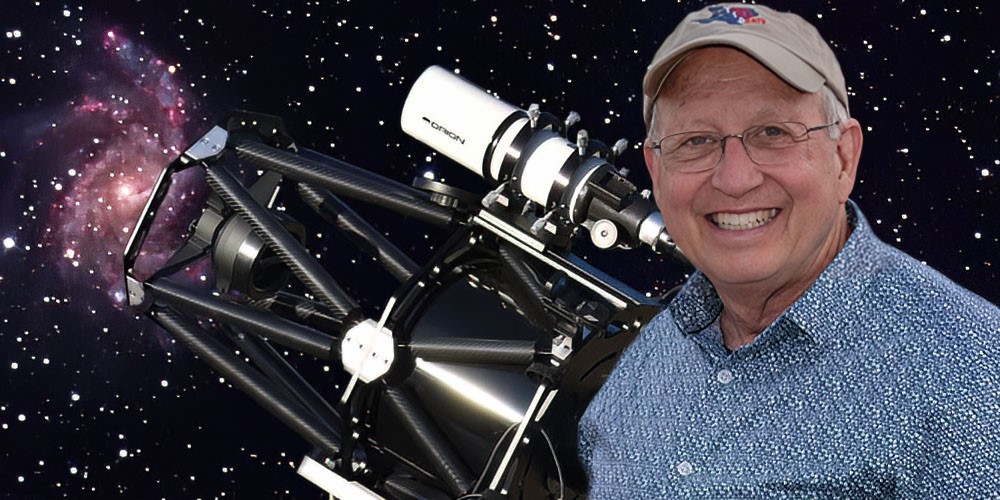
Randall Light, M.D., Brazos Valley Astronomy Club member and advanced astrophotographer, shares his knowledge of astrophotography with others who are interested in capturing images of near and deep sky objects. Dr. Light writes detailed instructions for capturing beautiful images with a DSLR camera or telescope and provides sample images for each lesson.
You will be leaving the Brazos Valley Astronomy Club website and going to our newsletter section so be sure to come back and visit us again.
Wide Field Astrophotography
This all-enclusive article outlines and gives examples of the steps required to take wide field astrophotography images, including camera selection, taking the images, and processing them. Beautiful examples are included with every step. Some of the topics include:
Clicking this link will take you to Dr. Light's website.
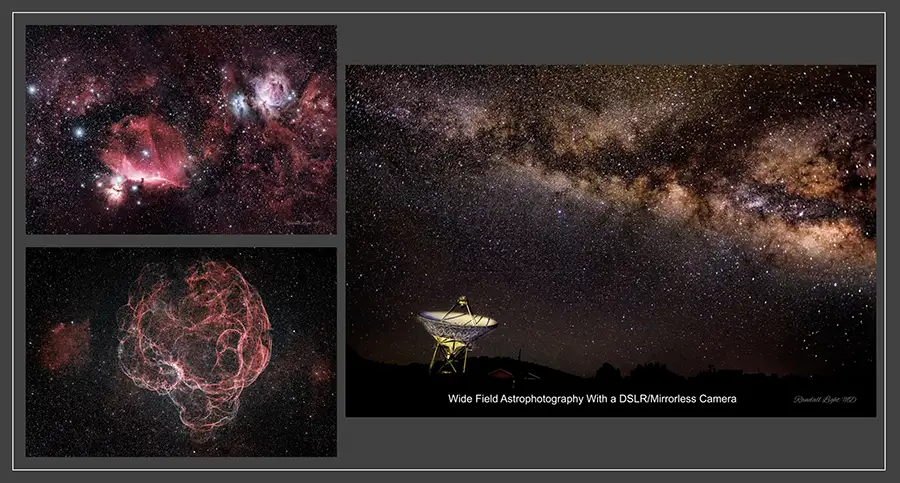
DSLR Astrophotography
This comprehensive article describes how to make astrophotography images with a digital single lens reflex (DSLR) camera. Topics include:
Clicking this link will take you to the newsletter section of this website. To return to this website, click the left arrow in the upper left corner next to the URL bar.
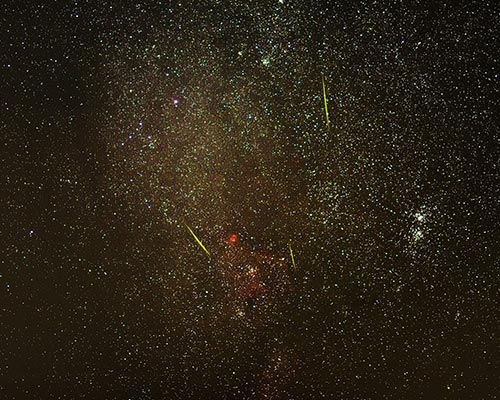
Challenging Conditions
Rainy days, cloudy nights, dew formation, and both high and low temperatures can make astrophotography conditions difficult. Adjustment of attitude, approach, equipment, and procedure can best utilize the prevailing conditions to produce very acceptable images. Topics include:
Clicking this link will take you to the newsletter section of this website. To return to this website, click the left arrow in the upper left corner next to the URL bar.
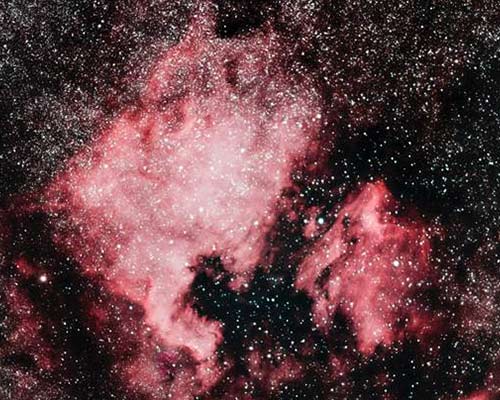
Meteors and Meteor Showers
A DSLR camera can provide dramatic images of meteors and meteor showers. By obtaining immediate feedback from the camera, adjustments can be made to improve the images until the settings are appropriate. Topics include:
Clicking this link will take you to the newsletter section of this website. To return to this website, click the left arrow in the upper left corner next to the URL bar.
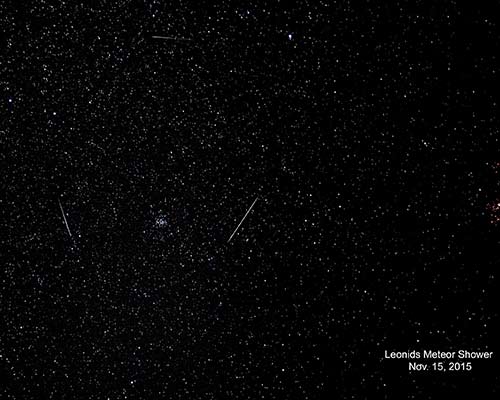
Star Trails
Intentionally creating star trails can produce an attractive, interesting image. Topics include:
Clicking this link will take you to the newsletter section of this website. To return to this website, click the left arrow in the upper left corner next to the URL bar.
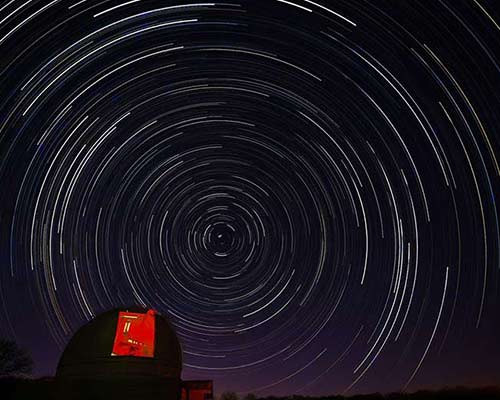
Lunar Eclipse
This is the first article Dr. Light write about photographing a lunar eclipse. On January 31, 2018, Dr. Light photographed a rare Super Blue Blood Moon that turned a beautiful red color. Topics include:
Clicking this link will take you to the newsletter section of this website. To return to this website, click the left arrow in the upper left corner next to the URL bar.
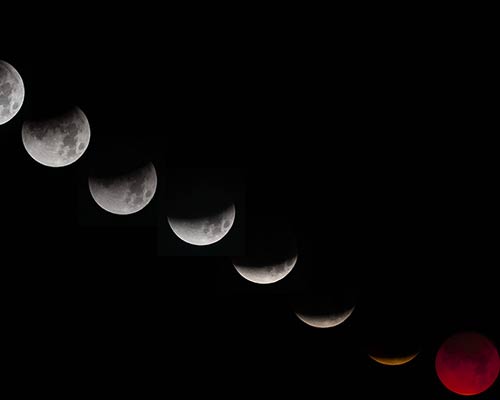
Lunar Eclipse
On January 20, 2019, the night was clear and cold and Dr. Light used 3 cameras to photograph an eclipse of a Super Blood Wolf Moon. Topics include:
Clicking this link will take you to the newsletter section of this website. To return to this website, click the left arrow in the upper left corner next to the URL bar.
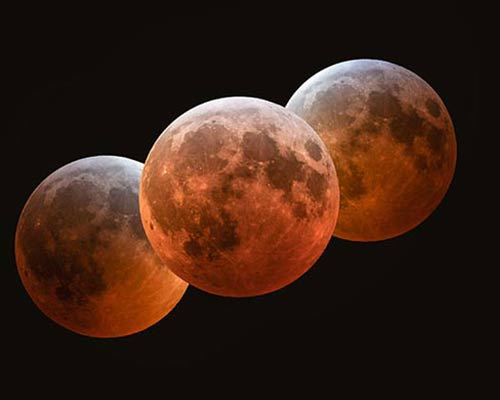
Sunspots
Initially, photographing sunspots can be done with a DSLR camera, a telephoto lens or telescope, a tripod or telescope mount, and dedicated solar blocking filters. To routinely see the texture of the solar surface, solar prominences and many other features of the sun requires a solar telescope with appropriate narrow band filters. Topics include:
Clicking this link will take you to the newsletter section of this website. To return to this website, click the left arrow in the upper left corner next to the URL bar.
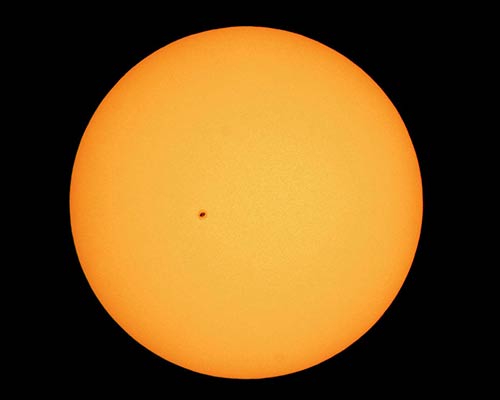
Mercury Transit
Mercury was visible but, because of clouds, conditions were a challenge. Constantly changing light added to the problem. Topics include:
Clicking this link will take you to the newsletter section of this website. To return to this website, click the left arrow in the upper left corner next to the URL bar.
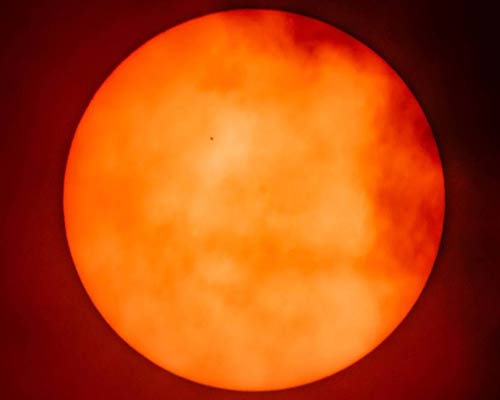
Reduce the Noise
There are new software tools to process astrophotography images and reduce noise. Before and after images are included. Topics include:
Clicking this link will take you to the newsletter section of this website. To return to this website, click the left arrow in the upper left corner next to the URL bar.
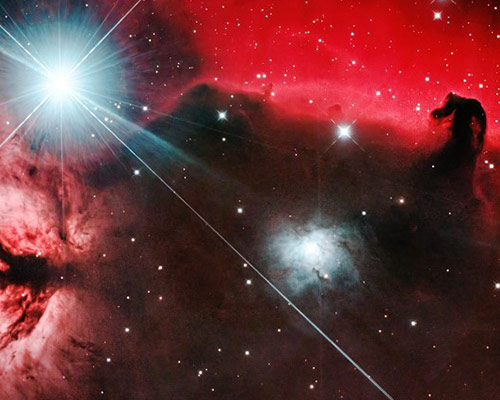
Wide Field Astrophotography Using a Star Tracker
Wide field photos of the night sky can be taken with a DSLR, a wide angled lens, and a tripod without and with a tracking mount. Topics include:
Clicking this link will take you to the newsletter section of this website. To return to this website, click the left arrow in the upper left corner next to the URL bar.
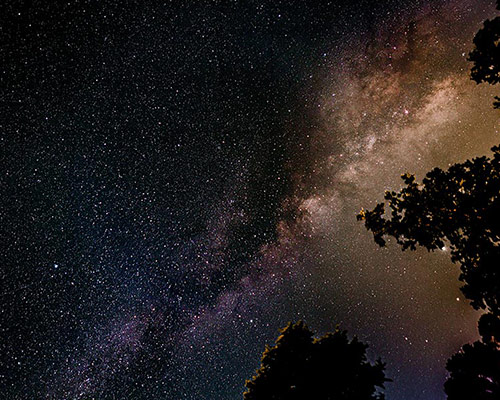
Photographing a Comet
Photographing a comet is challenging and rewarding. Learn how to make a plan to photograph a comet. This article takes you through the first planning stages to the end product. Beautiful astrophotography examples of Neowise are included. Topics include:
Clicking this link will take you to the newsletter section of this website. To return to this website, click the left arrow in the upper left corner next to the URL bar.
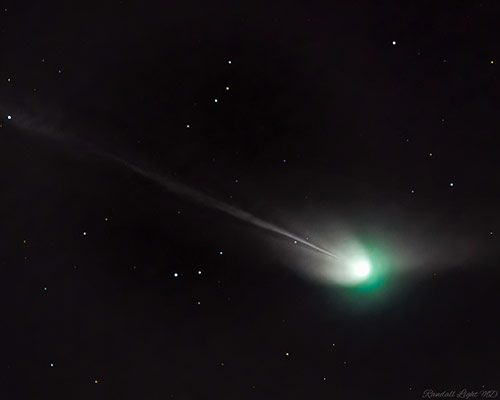
Annular(Ring of Fire) Eclipse
Understand what conditions are needed to produce an annular solar eclipse and read a detailed, step-by-step process to capture the event. Camera settings with many instructional photos are included with each topic. Topics include:
Clicking this link will take you to the newsletter section of this website. To return to this website, click the left arrow in the upper left corner next to the URL bar.
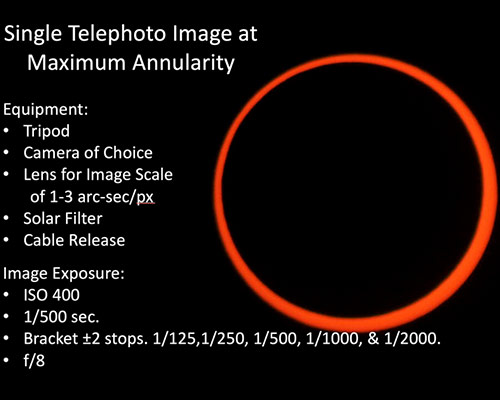
Topics Continued
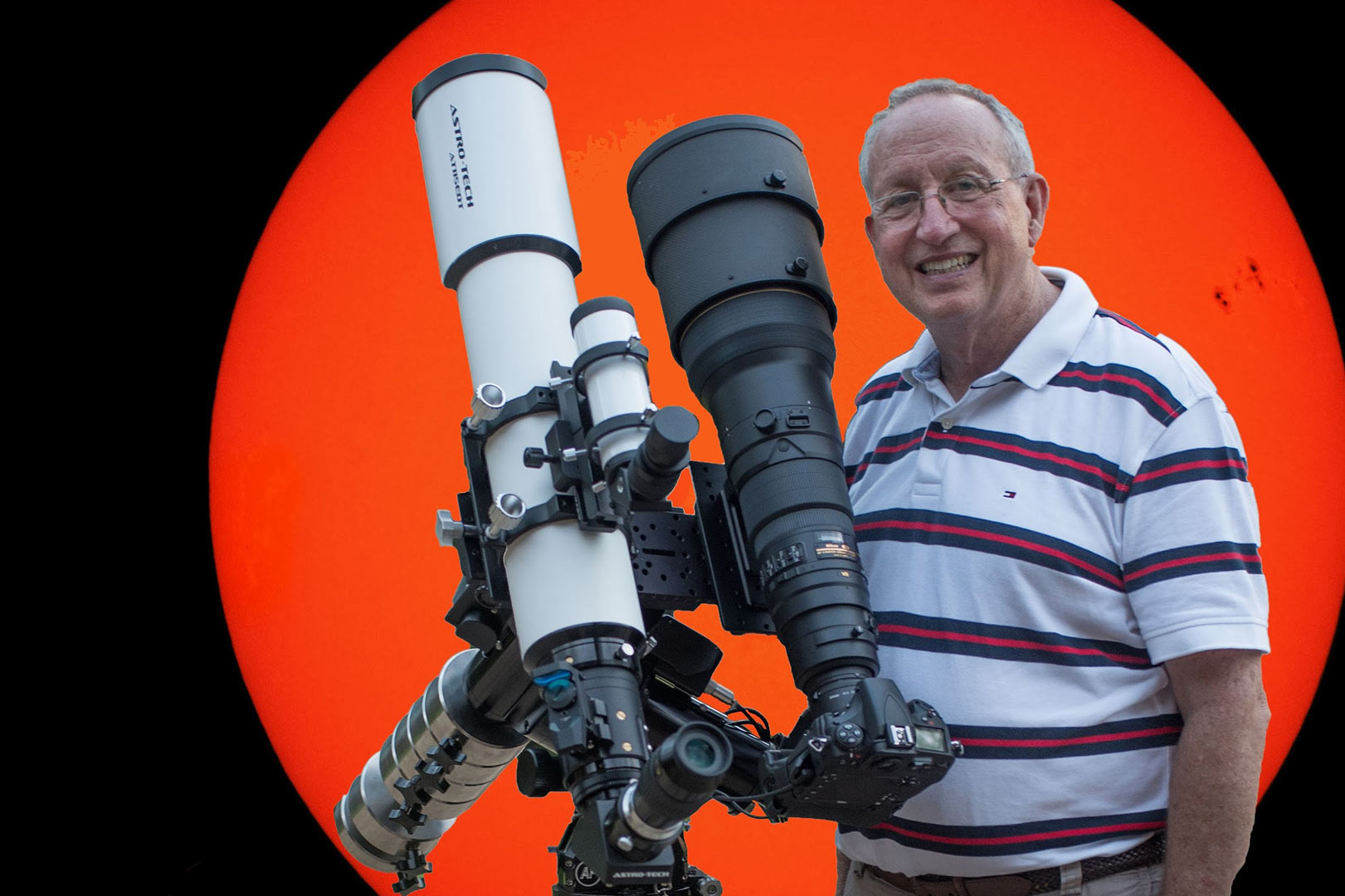
Photo: Randy Light, M.D.